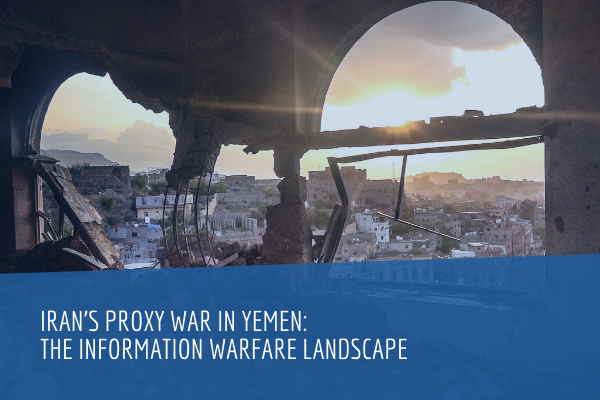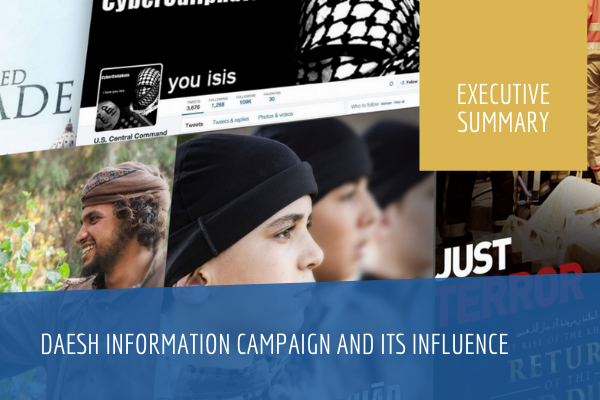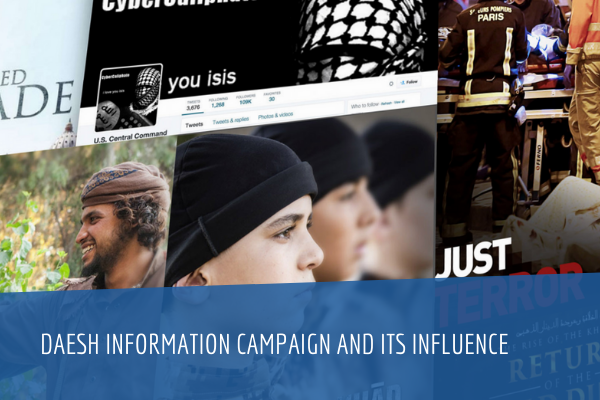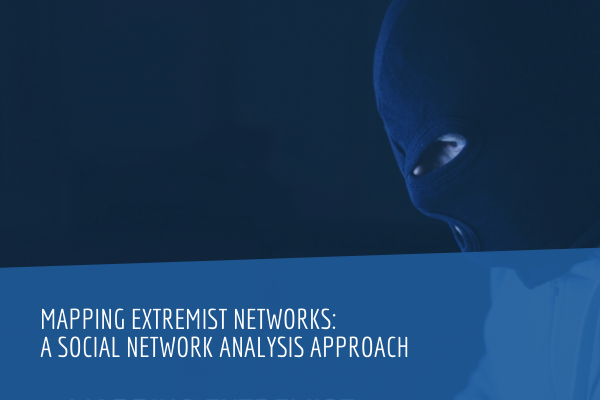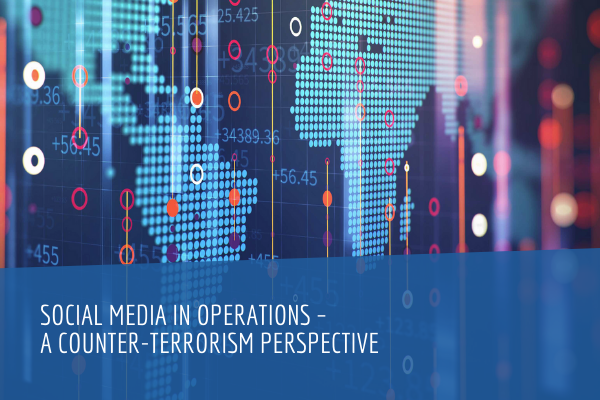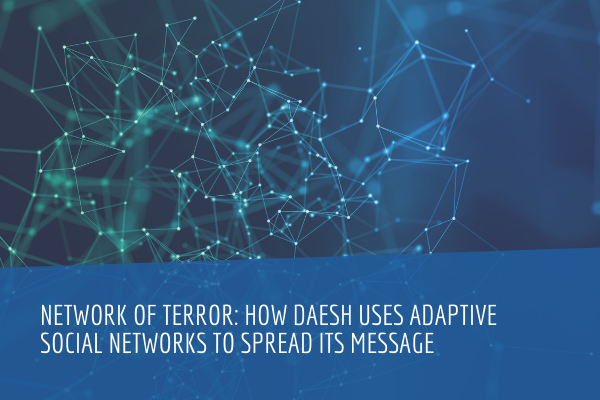Executive Summary
The Yemeni conflict has been witnessing essential information warfare and propaganda front. Since the beginning of the conflict, the Houthi movement has been aware of the importance of the internet. Notably, they avoid adopting an aggressive sectarian lexicon on social media. Instead, following drone and missile strikes, the Houthi-associated accounts frequently emphasize IRGC-assisted game-changing military capabilities. This focus seems to follow Iranian priorities in Yemen, namely promoting the militarized political movement and portraying it in a less sectarian but more patriotic and battle-hardened fashion. This approach likely emanates from the different characteristics of the Shia faith in Yemen compared with the rest of the Middle East.
Houthi supporters on Twitter and Facebook post in both Arabic and English. It would be safe to assume that they have targeted two types of audiences: Arabic speakers (mainly Yemenis) and their sympathizers in the Middle East and English speakers in the international community. Iranian outlets focus on producing outputs in English.
Ansar Allah and their allies publish videos of almost any activity that shows their ballistic missile and drone capabilities. Successful hits on strategic sites and airports remain the most important propaganda items.
So-called indigenously manufactured ballistic missiles, such as Badr1-P, are portrayed as emblems of pride to mobilize supporters. This ‘missile vanity’ resembles the Iranian regime’s (and the IRGC’s in particular) military propaganda campaign revolving around hard power development efforts.
